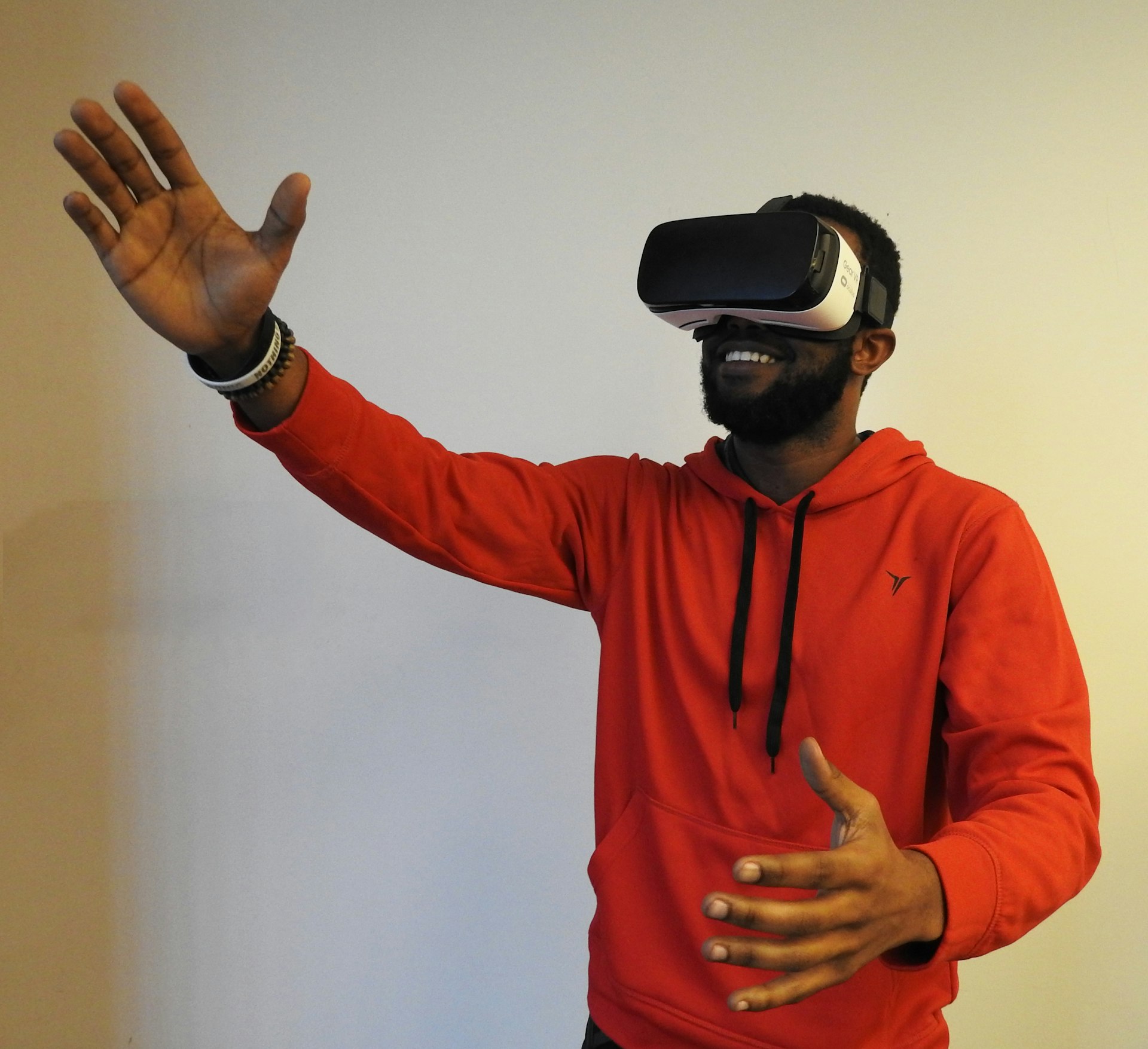2025’s Essential Trends in Online Fitness Coaching: Personalization, Technology, and Holistic Wellness

Photo by Unsplash on Unsplash
Introduction: The Rapid Evolution of Online Fitness Coaching
Online fitness coaching is undergoing a dramatic transformation in 2025, driven by rapid technological advances, changing consumer expectations, and a growing emphasis on holistic wellness. The sector is projected to reach approximately $59.23 billion by 2027, with annual growth rates of over 33% [1] . This article explores actionable trends shaping the future of online fitness coaching, providing practical steps for fitness professionals and clients alike.
Remote Personal Training: Flexibility and Personalization
Remote personal training is at the forefront of industry change, with interest surging over 400% since 2020 [1] . This model allows clients to work with trainers from anywhere, removing geographical and scheduling barriers. Key benefits include:
- Flexibility: Clients can work out at home, outdoors, or while traveling, fitting sessions into busy schedules.
- Cost-Effectiveness: By eliminating travel and gym membership costs, remote coaching makes expert fitness guidance more accessible.
- Global Expertise: Clients can connect with specialists worldwide for niches such as rehabilitation, senior fitness, or prenatal exercise.
To implement remote personal training, fitness professionals should:
- Set up reliable video conferencing and workout tracking platforms.
- Offer personalized programs, adapting routines to unique client needs.
- Provide frequent check-ins and progress tracking using digital tools.
Challenges: Trainers may face difficulties in client engagement and program adherence. Solutions include scheduling regular video calls, setting measurable goals, and fostering an online community for accountability. Hybrid models-a blend of online and occasional in-person sessions-can also help maximize results [2] .
Leveraging Technology: AI, Wearables, and Data-Driven Coaching
Technology is central to 2025’s fitness landscape. The integration of AI-powered apps and wearable devices enables hyper-personalized training plans and real-time feedback [3] . Trainers and clients benefit from:
- AI Platforms: Automate workout planning and adapt routines based on user progress and feedback.
- Wearables: Devices like smartwatches and fitness trackers provide live data on heart rate, calories burned, and recovery metrics.
- Virtual Reality (VR): Immersive workout experiences boost engagement, especially for group activities and gamified fitness.
For actionable adoption:
- Select platforms with proven reliability and privacy standards.
- Educate clients on using wearables to monitor progress and prevent injury.
- Integrate AI-driven feedback into coaching sessions, refining plans based on data.
Potential Challenges: Tech overload and data privacy concerns may arise. Trainers should offer guidance on essential tools, set clear boundaries for data sharing, and choose platforms with robust security features [3] .
Hybrid and On-Demand Coaching Models
Clients increasingly seek flexible, hybrid coaching models that blend online and in-person training. Hybrid solutions offer:
- Personal Connection: Occasional in-person sessions for hands-on guidance paired with remote support.
- On-Demand Content: Video libraries and tutorials enable clients to train independently when schedules are tight [2] .
To implement hybrid models:
- Schedule periodic in-person meetings for technique assessment and motivation.
- Build an on-demand content library accessible via secure online platforms.
- Maintain regular communication through apps and messaging services.
Alternative Approaches: For clients unable to attend in-person sessions, leverage detailed video assessments and feedback. Trainers may also organize virtual group challenges to foster community and accountability.
Holistic Wellness: A 360° Coaching Approach
Online fitness coaching in 2025 goes beyond physical training. The rise of 360° coaching means trainers are integrating nutrition, mental health, and recovery into their programs [4] . This holistic approach delivers:
- Comprehensive Health Plans: Addressing diet, sleep, stress, and exercise together for optimal results.
- Mental Health Support: Incorporating mindfulness, meditation, and stress management into routines.
- Recovery Emphasis: Promoting rest, mobility, and injury prevention.
Actionable steps for trainers:

Photo by Ambitious Studio* | Rick Barrett on Unsplash
- Collaborate with registered dietitians and mental health professionals for expert input.
- Offer integrated wellness assessments and goal-setting sessions.
- Educate clients about the value of recovery and holistic self-care.
Challenges: Trainers may need additional certification or partnerships to offer holistic services. Seek verified professional networks and continuing education opportunities to stay current.
Inclusivity and Accessibility in Coaching
Inclusivity is an essential trend. Programs are increasingly tailored for older adults, individuals with disabilities, and those managing chronic conditions [3] . Online coaching enables:
- Adaptive Fitness: Custom routines for clients with mobility challenges or medical needs.
- Community Support: Virtual group sessions and forums for marginalized groups.
To access inclusive coaching:
- Search for trainers with experience in adaptive fitness and verified credentials.
- Look for platforms that provide accessibility features, such as closed captioning and alternative exercise modifications.
- Request a consultation to discuss specific needs and accommodations.
For assistance, consider reaching out to national fitness organizations or searching for “inclusive fitness coaching” in official directories.
Social Media and Lead Generation Strategies
Social media remains vital for lead generation and client engagement. However, platforms are shifting, with some trainers moving away from Instagram and exploring alternatives like TikTok or specialized fitness apps [4] . Actionable steps:
- Identify platforms where your target audience is most active.
- Produce authentic, valuable content such as workout tips, success stories, and wellness advice.
- Utilize hashtags, collaborations, and paid advertising campaigns to increase visibility.
Alternative pathways for lead generation include hosting free webinars, offering trial training sessions, and building referral programs. Always verify any platform’s legitimacy and privacy policies before investing time or resources.
Step-by-Step Guidance to Access Online Fitness Coaching Services
For individuals seeking online fitness coaching, consider the following:
- Research certified trainers through national registries, such as the American Council on Exercise (ACE) or National Academy of Sports Medicine (NASM).
- Review client testimonials and case studies to gauge effectiveness.
- Schedule a discovery call to discuss goals, preferences, and technical requirements.
- Assess platform accessibility, privacy standards, and available resources (such as video libraries, progress tracking, and community forums).
- Start with a trial period to ensure the approach fits your lifestyle and needs.
If uncertain about choosing a provider, search for “best online fitness coaching programs 2025” in reputable review sites or contact industry organizations for recommendations.
Key Takeaways and Future Outlook
Online fitness coaching in 2025 is shaped by technology, flexibility, inclusivity, and holistic health. Trainers and clients who embrace these trends can achieve greater engagement, improved outcomes, and broader access to expert guidance. For those ready to get started, begin by researching certified professionals, exploring hybrid models, and leveraging technology for personalized success.
References
- [1] Mirrors Delivered (2025). Fitness Trends in 2025: What’s Hot and What’s Not.
- [2] TrueCoach (2025). Top Fitness Trends to Watch in 2025: What Every Trainer Should Know.
- [3] Rising Legends Academy of Fitness (2025). 10 Fitness Industry Trends For 2025 That You Should Know!
- [4] Trainerize (2025). 2025 State of the Personal Trainer Report.
MORE FROM cheerdeal.com













